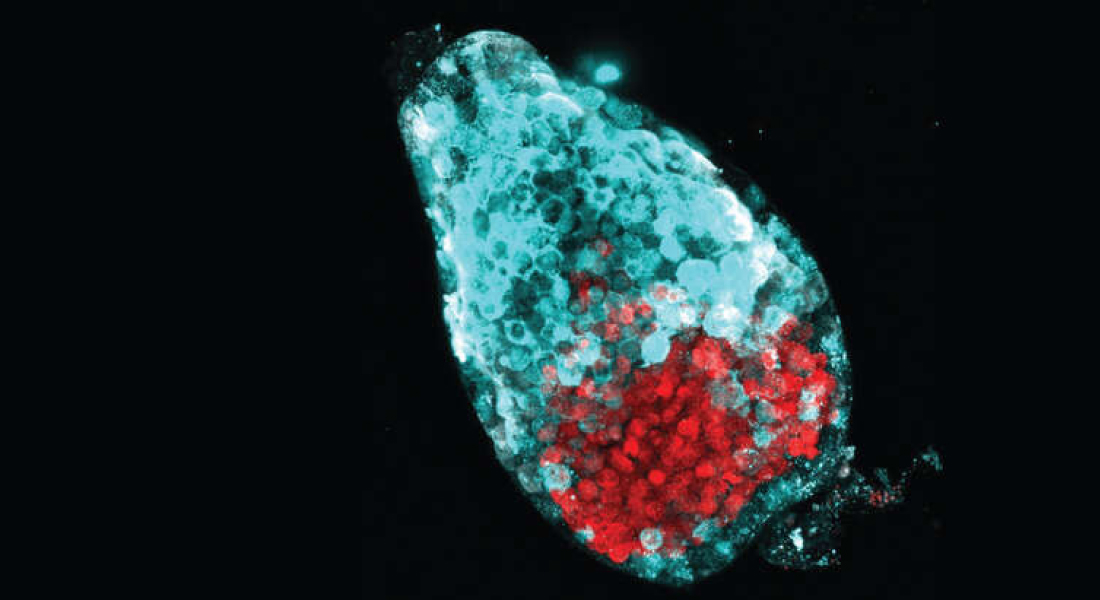Inheritance of information in proteins guard cell identify and stem cell function
Does the inheritance of factors other than our genes influence the proper functioning of cells during our lifespan? New research published in Nature Genetics demonstrate that this is the case. Histone proteins – tiny spools that DNA wraps around – pass on information that maintain stem cell identity and function. This discovery sheds light on a fundamental process, that cellular memory is essential for human health and for avoiding aging and cancer.

Scientists have long focused on the transmission of genetic information during cell divisions and its importance for cell functionality across the human lifespan. The Groth lab at the Novo Nordisk Foundation Center for Protein Research (CPR), the Brickman lab at reNEW Copenhagen and the Andersson lab at the University of Copenhagen’s Bioinformatic Center discovered that the transmission of non-genetic information via histone proteins also is critical. This advance was made possible by new sensitive technologies and highly collaborative interdisciplinary efforts.
Histones have special chemical marks that can act like memory signals. These instructions help cells recall whether genes should be activated or not. The scientists found that when these memory signals aren’t passed on correctly from mother to daughter cell, the stem cells cannot maintain their identity and forget how to develop into a healthy specialized cells during embryonic development. They deregulate genes and accumulate information noise as seen in cancer and aging cells. The erroneous inheritance of non-genetic instructions in histones could therefore contribute to the ageing process taking place in our bodies.
“Understanding the layers which control cellular memory could be a key to ageing and cancer avoidance as well as to facilitate more efficient cellular reprogramming and trans-differentiation in regenerative medicine,” Professor Anja Groth said.
Thanks to these findings, scientists can now focus on how to control the memory signals, to find ways to stop the development of damaged cells. This knowledge could in the future be used in regenerative therapies that aim to reverse aging or the development of cancerous cells.
Read the full paper published in Nature Genetics.
